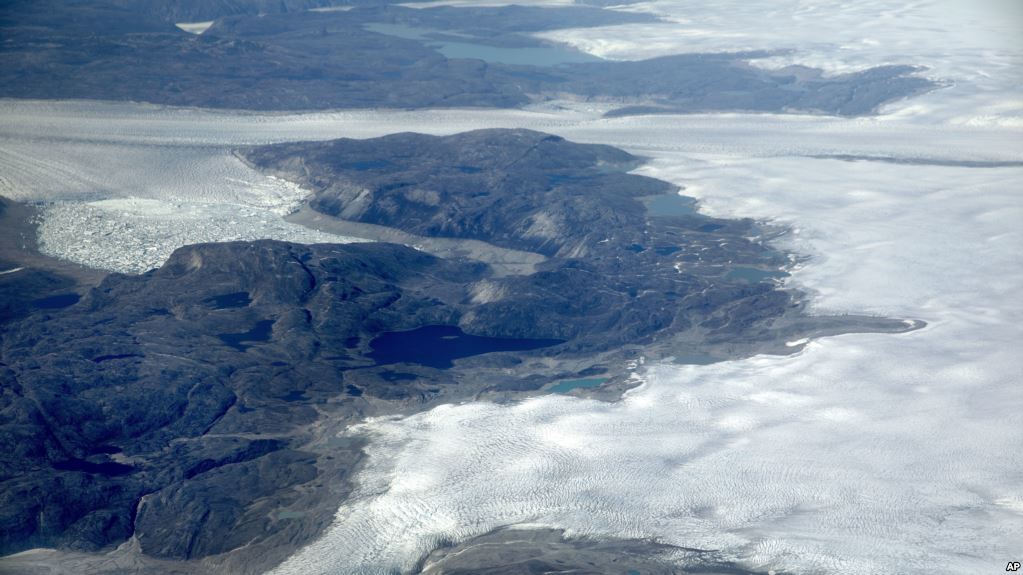
Greenland’s ice is melting faster than previously thought, according to a new study published in the Proceedings of the National Academy of Sciences.
The study found that most of Greenland’s rapid ice depletion is from a surprising source — land that is largely devoid of glaciers.
The land in question is from Greenland’s ice sheet itself, which is 10,000 feet thick in places.
Scientists previously focused most of their studies on Greenland’s glaciers, in the southeast and northwest regions of the country, and found that the glaciers have increasingly been dislodging chucks into the ocean.
However, scientists in the newly published study say they realize there is another major source of ice melt, in the country’s southwest region, which is mostly devoid of large glaciers.
They say this suggests that the surface ice is simply melting as global temperatures rise.
“We knew we had one big problem with increasing rates of ice discharge by some large outlet glaciers,” said Michael Bevis, lead author of the paper and a professor of geodynamics at Ohio State University. “But now we recognize a second serious problem — increasingly, large amounts of ice mass are going to leave as meltwater, as rivers that flow into the sea.”
Researchers say the ice rate loss across Greenland has increased four-fold since 2003, which they say will lead to a greater sea level rise.
In the 20th century, Greenland has lost around 9,000 billion tons of ice in total, causing about 25 millimeters (1 inch) of sea level rise, according to National Geographic.
Scientists say if all of Greenland’s vast ice sheet were to melt, global sea levels would rise by 7 meters (23 feet) , flooding most coastal developments around the world.
The latest study used data from NASA satellites, as well as GPS stations across Greenland, to analyze changes in ice mass.
Researchers say the accelerated ice loss is caused by a combination of global warming, as well as the North Atlantic oscillation, a periodic weather phenomenon that brings warmer air to western Greenland.
Greenland’s much larger neighbor, the Antarctic ice sheet, is also losing ice faster than previously thought, according to a recent study in the Proceedings of the National Academy of Sciences. That study, published earlier this month, found that Antarctic melting has raised global sea levels 1.4 centimeters between 1979 and 2017.
